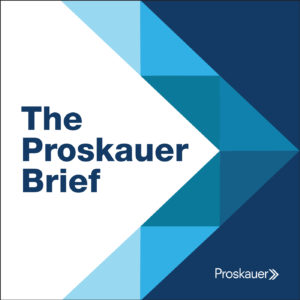It’s been a bumpy road for the federal rules on independent contractor status under the Fair Labor Standards Act.
In the courts, the test has always focused on the “economic reality” of the relationship between a worker and the entity that benefits from the services provided to determine whether the worker is an employee or


